By Russtum G. Pelima
MALAPATAN, Sarangani (June 18, 2009) – Pakaradyan is a Maguindanaon term for “celebration” or “thanksgiving”.
The week-long festivalborrows its name from the Muslim mostly living in the interiors of Malapatan, and lends it to the numbering indigenous Blaans and Christian lowlanders in town.
On its 4th annual celebration of the Pakaradyan Festival this year,harmony amongst Christians, Muslims and Lumads has bred them life andl iving for four decades now: Malapatan is celebrating its 40thFoundation Anniversary with the theme “Moving Forward for the Progress of Malapatan” to culminate on June 21.
At the Tribal Day celebration Wednesday (June 17) Blaan villagers gathered at the Maguindanao-inspired municipal landscape, with a number of colorful silat (Maguindanao umbrella), buntings and Muslim ornaments of the stage.Blaan elders and children wore their traditional dress while listening to their elders.
Today, these elders find the opportunity to remember and inspire again the pioneers of the community.“Let us continue to live in harmony,” municipal tribal chieftain Jimmy Bagit said.The tribal council of Malapatan wishes for the tribal sectoral representation of the indigenous people.“We, your Moro leaders, will carry on your dignity and rights till theend,” Vice Mayor George Sambaga told them.Sambaga is among the pioneering Muslim families who migrated in Malapatan long before it became a municipality. He said one has tolearn the culture of other people to understand them and live withthem.“Our task in the government is to seek assistance from organizationsthat would bring us all to progress,” Sambaga said.
When the Muslims migrated to Buayan (General Santos City) and to Malapatan from Kuta Wato (Cotabato) through the sea, native inhabitants, mostly Blaans, just went further inland.
The indigenousBlaan are highlanders. Hunting and planting have been their source of food.The word Malapatan was coined from two Blaan words, mala (pepper) and fatan (place). Pepper has been abundant in this place.
In June 21, 1969, Malapatan was declared as a municipality separating itself from its mother town, Glan.
At the municipal ground, a group of Moro women display their malong for everyone. Next to them are the dream weavers’ display center where visitors can find beautifully woven mats in traditional patterns. They are made of romblon leaves from trees Blaan families grow for such purpose; and the tinagtag, a Maguindanaon traditional delicacy.These nurture the culture and people of Malapatan for business and history. (Russtum G. Pelima/SARANGANI INFORMATION OFFICE)
Subscribe to:
Post Comments (Atom)

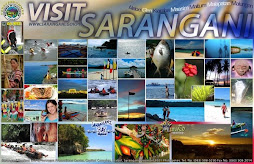


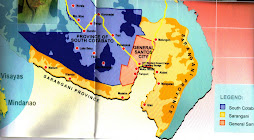

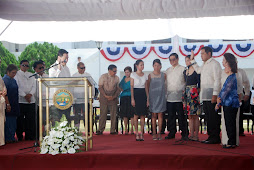
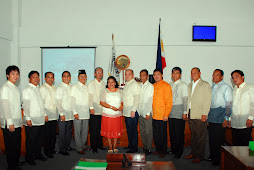


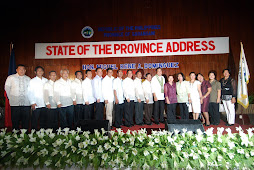
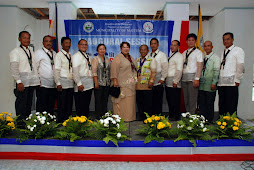







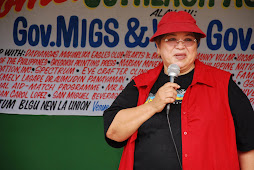
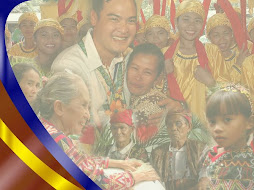
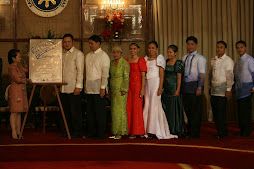



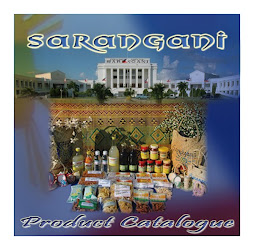

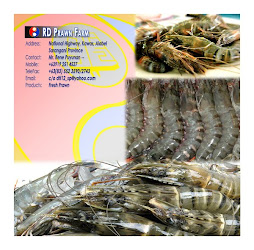
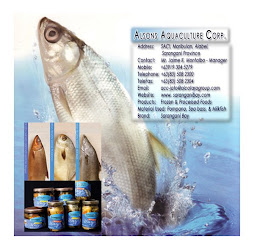
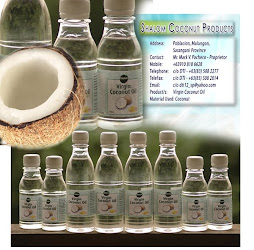




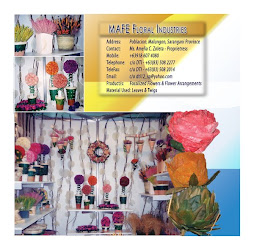

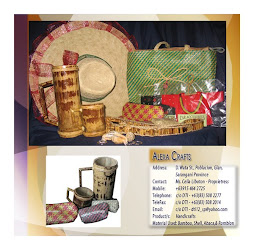
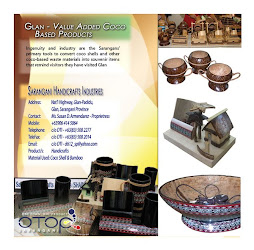
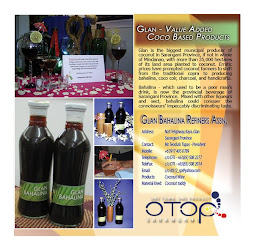
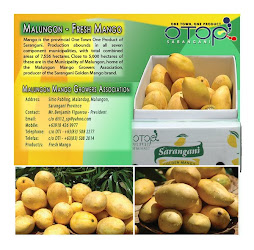
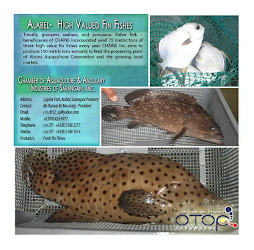
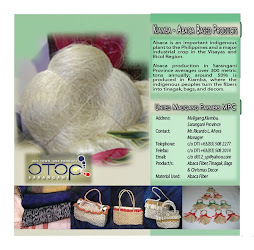

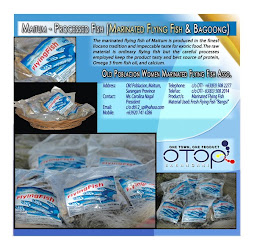
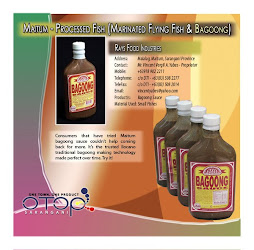

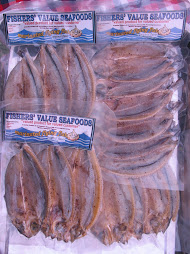

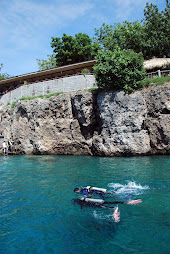
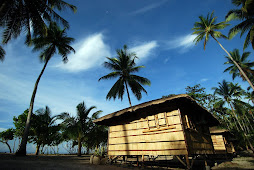



No comments:
Post a Comment